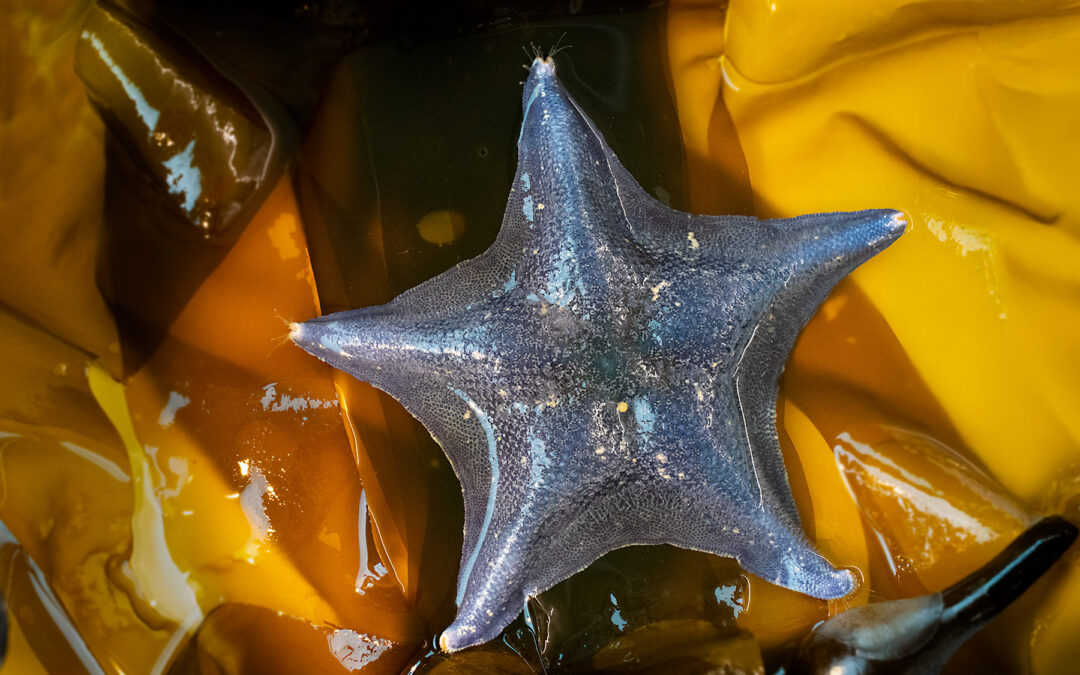
by David Young | Aug 14, 2024 | Echinoderms
Author: Paige Bodin Common names: Bat star, webbed star, sea bat, broad-disk star. Scientific Name: Asterina miniata, Patiria miniata Size Range: Up to 20cm in diameter Identifying Features: The Bat Star generally has five stubby arms, but has been found...


